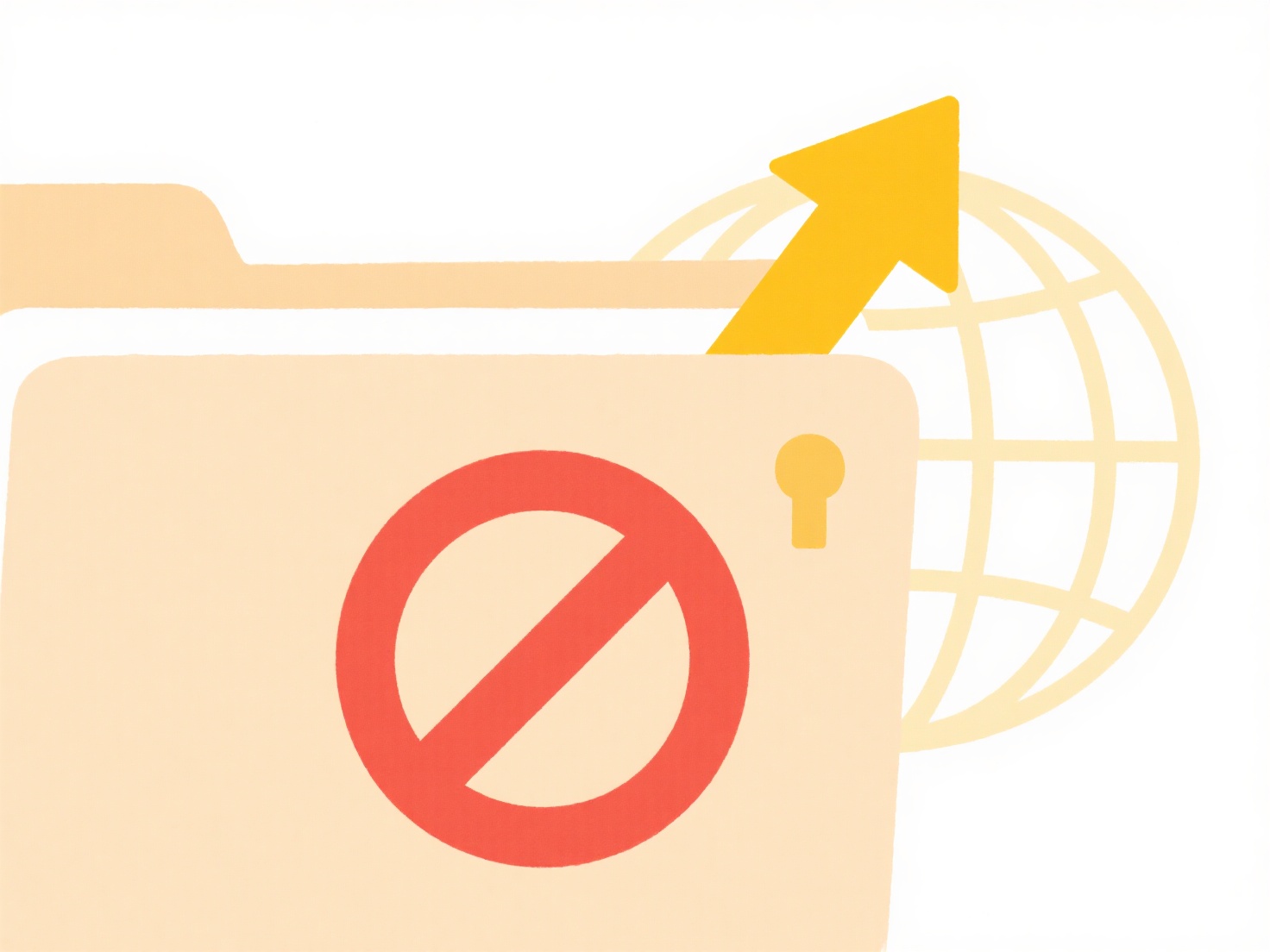
The recommended file formats for resumes are PDF (Portable Document Format), Microsoft Word DOC/DOCX, and occasionally plain text (TXT). PDFs preserve your exact formatting and layout when viewed on any device or operating system, making them universally reliable for appearance. DOCX files are commonly editable by recruiters but risk formatting shifts if opened in different software versions. Plain text avoids styling completely, ensuring simple readability. Each format serves different needs, primarily balancing visual presentation versus compatibility.
PDF is the preferred industry standard for most roles, used by professionals on all major job platforms like LinkedIn and Indeed. Word formats are sometimes requested if an employer uses Applicant Tracking Systems (ATS) needing text extraction or desires easier editing. Plain text remains essential for highly technical roles requiring pasting into web forms or when email systems strictly filter attachments, primarily in engineering or academic contexts.

PDF offers the strongest security and visual consistency but sometimes causes ATS parsing issues for complex layouts. Word enables edits but risks messy rendering and potential viruses, requiring careful trust. Plain text guarantees universal access and aids accessibility tools yet sacrifices professional formatting completely. While PDF is generally safest, verifying the employer's specific submission instructions ensures compatibility as resume technology continuously evolves.
What file format should I use for resumes?
The recommended file formats for resumes are PDF (Portable Document Format), Microsoft Word DOC/DOCX, and occasionally plain text (TXT). PDFs preserve your exact formatting and layout when viewed on any device or operating system, making them universally reliable for appearance. DOCX files are commonly editable by recruiters but risk formatting shifts if opened in different software versions. Plain text avoids styling completely, ensuring simple readability. Each format serves different needs, primarily balancing visual presentation versus compatibility.
PDF is the preferred industry standard for most roles, used by professionals on all major job platforms like LinkedIn and Indeed. Word formats are sometimes requested if an employer uses Applicant Tracking Systems (ATS) needing text extraction or desires easier editing. Plain text remains essential for highly technical roles requiring pasting into web forms or when email systems strictly filter attachments, primarily in engineering or academic contexts.

PDF offers the strongest security and visual consistency but sometimes causes ATS parsing issues for complex layouts. Word enables edits but risks messy rendering and potential viruses, requiring careful trust. Plain text guarantees universal access and aids accessibility tools yet sacrifices professional formatting completely. While PDF is generally safest, verifying the employer's specific submission instructions ensures compatibility as resume technology continuously evolves.
Quick Article Links
Should I include the date in saved file names?
Including the date in saved file names involves structuring filenames like "ProjectSummary_2023-07-15.docx". This practi...
Can I create alerts for when a file with certain keywords appears?
File keyword alerts automatically notify you when documents containing specific words or phrases are stored in a designa...
What tools help manage bulk file conversions?
Bulk file conversion tools are software applications designed to process multiple files simultaneously from one format t...